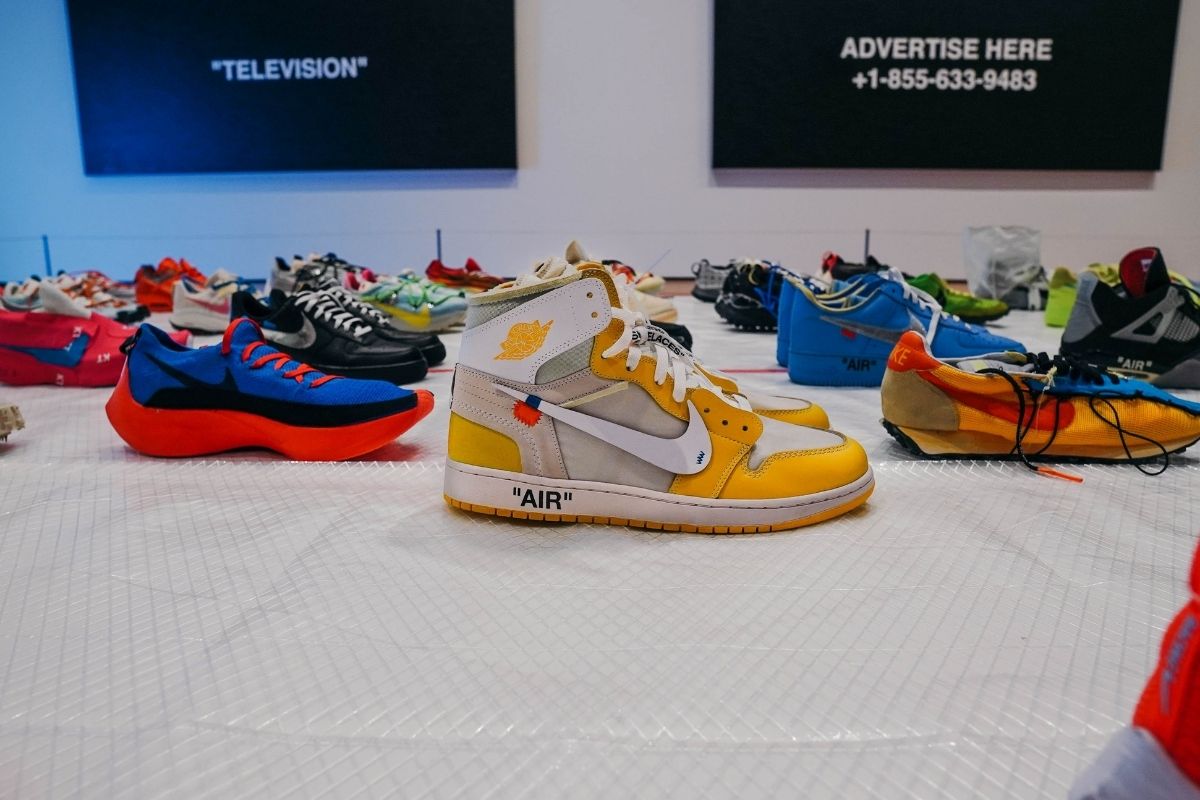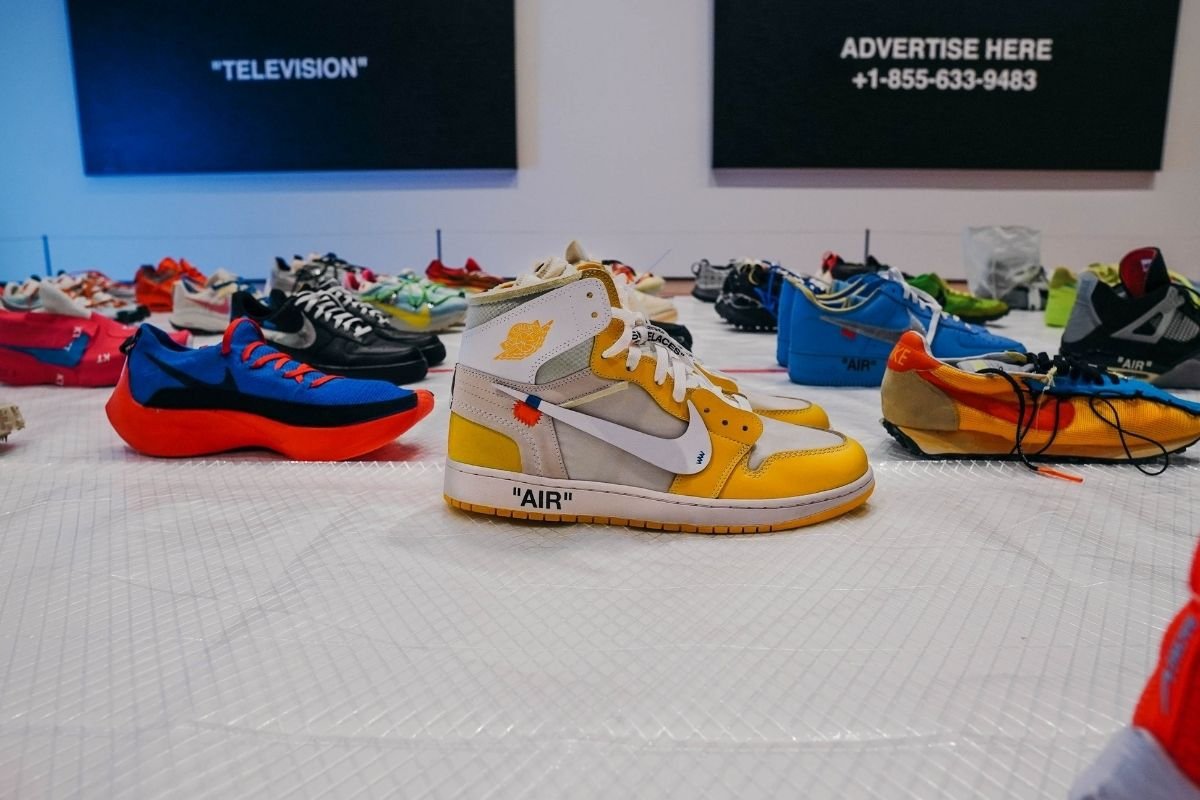Sneaker Blogs Over Time
“Nice Kicks” was, in a way, the Forefathers of the Blog era when it came to sneakers. You know, the blog was the “who, what, where, when, and why” of athletic shoes. Then, when that blog caught on, a lot of other companies were developing blogs. They were predecessors of, “Sneaker News” and “Hypebeast” and, of course, “Complex.” These sites were the original group to kick off the popularity of shoe blogs and online sneaker education.
I remember “Nice Kicks” and “The Shoe Game.” “Sneaker Files” was another of the early ones. These were the first pillars of popular shoe media and sneaker education. However, you’ll remember that I was saying that those blogs didn’t get invited to press trips and press unveilings back in the day. Now, they’re on the priority list for brands.
“Bobbito’s Confessions of a Sneaker Addict” was essentially the first recorded piece of sneaker media. I actually remember talking to Bobbito about this, and I remember him telling me that before his blog, the only way that you could see athletic shoes in the media were during basketball games. He would say that viewers would hope that a player got injured so the camera would shoot a close-up on their feet so they could see what shoes athletes were wearing in the NBA.
That was the first time you saw someone write passionately and knowledgeably about the subject of sneakers, and it was in a legitimate magazine. I think that was really the genesis of all of athletic shoe media. Then, from there, Bobbito went on to write the first book about the sneaker industry, “Where’d You Get Those,” which is, I think, over a decade old now.
That’s the beginning of the print age, and then, SLAM launched “Kicks” magazine, started by Russ Bengtson, and that was the first real magazine dedicated to this type of shoe. That was an offshoot of SLAM.
Then, you have the internet age that came in. Sneaker blogs really started first with forums and message boards like “Nike Talk” and “ISS,” which eventually turned into “Sole Collector.” These forms were kind of like hives of sneakerheads where these people would post leaks or things that blogs pretty much cover now. The difference between forums and message boards was that you could have actual interaction with other people in the community, where opening up a print magazine, you really couldn’t have that.
Now, it’s kind of evolved to web blogging. Those forms and those message boards turned and evolved into actual publications with branding. The heads of these sites could curate the news and things that were covered and then still have a lively comment section where there’s a community of sneakerheads interacting with the content and interacting with each other.
Fast forward to the mid to late 2000s, that era turned into social media and online blogs. Then, even shorter, easier versions of blogging, basically, where everything was in 140 characters or less. Everything could just be as simple as an image with a caption. Through that, you start to see the arc of where sneakers on the internet and how people who are consuming this content grew. None of that would have been possible without “Bobbito’s Confessions of a Sneaker Addict.” That was really the start of everything.



